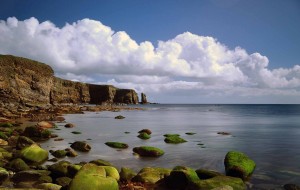Materials
We will use microphones and software to analyze sound waves, software to record instruments to play back, and synthesizers.
Why?
We are curious about the overtones of instruments and if digital technology can match the complexity of these natural waveforms. Furthermore, we hope to investigate if the process of digitally recording simplifies instrument’s sound waves.
Expected Results
The process of digitally recording live instruments will simplify the sound wave and reduce pitch variability. The more advanced (this will be based on software, price and analog features) the synthesizer is, the more closely it will approximate real instrument’s sound waves.


